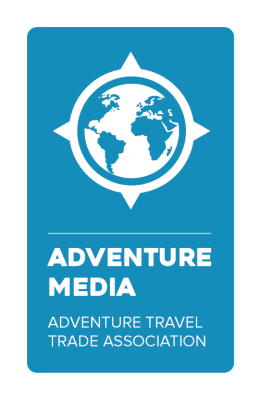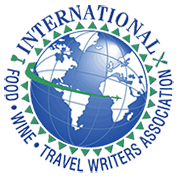Photography is a wonderful and powerful tool for storytelling because it is accessible and highly effective. Photos transport us to places we have never been and connect us to situations that are unlikely to happen to us. Pictures are worth a thousand words, giving voices to those who cannot speak.
Photography’s communicative effects greatly influence wildlife. Safari photography has a significant influence in creating protected areas, documenting species, and educating people about diverse animals and their unique environments.


Impacts of Safari Photography
Originally seen as a hobby amongst safari adventurers in the 1990s, wildlife or safari photography now plays a key role in documenting the beauty of nature and the constant threats it faces due to reckless human-imposed activities. Images produced by safari photographers raise awareness on wildlife conservation issues and inspire action that aids environmental preservation. Many animals, especially those in Africa, have been protected from poaching and introduced to conservation efforts thanks to safari photography.
Today, safari photography remains a powerful driver of positive change amongst enthusiasts of wildlife protection. This one-time recreational hobby is now a rewarding tool in environmental conservation. Consider this: it has been estimated that each living lion in Kenya generates over $350,000 every year, contributing to a $3,500,000 no-kill tourist industry. A single lion hunt can cost as little as $40,000, and that animal is gone forever. No wonder more and more African countries are taking a hard stand on poaching. More people are paying to shoot cameras than fire guns.
Here are some of the ways safari photography helps to save and protect wildlife:
- Raising awareness
- Highlighting problems
- Creating education tools
- Aiding scientific research
- Increasing demand for ecotourism

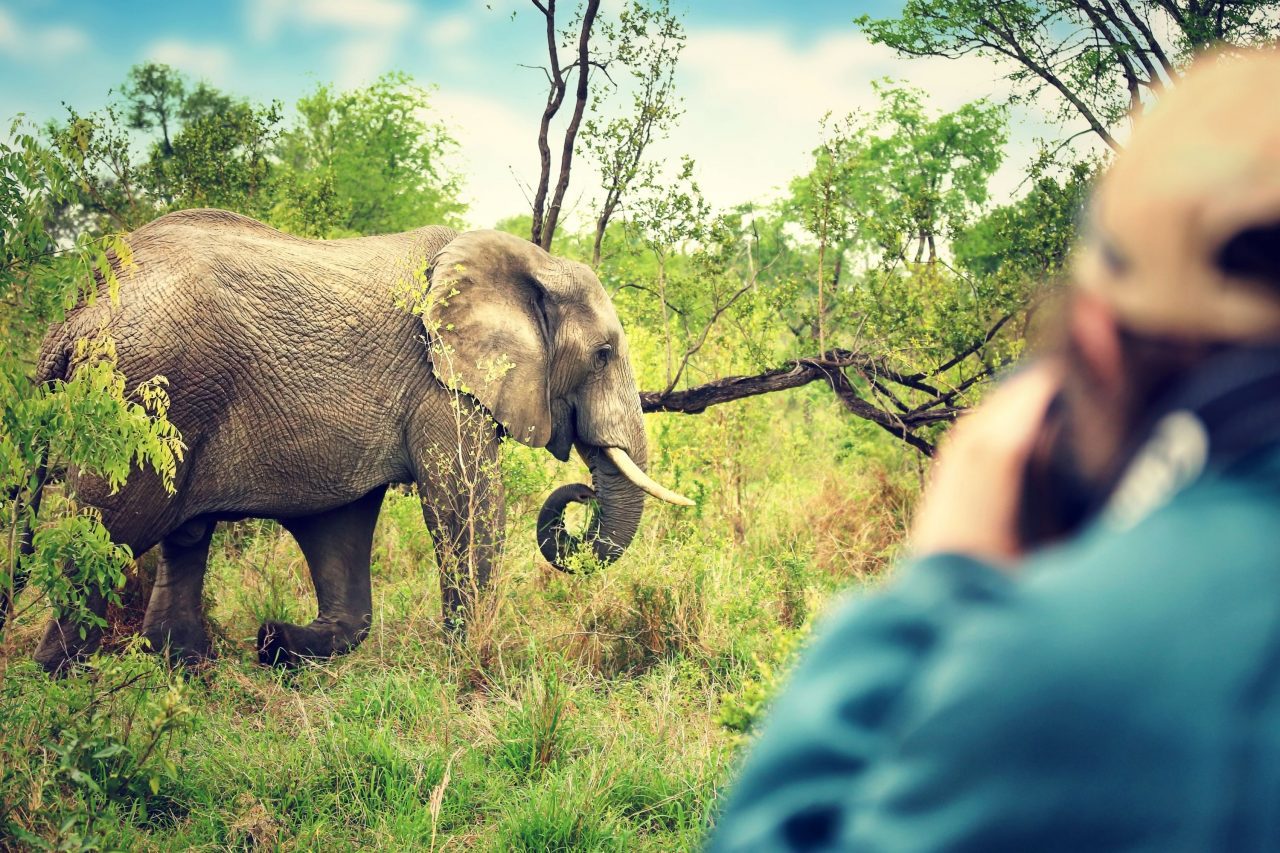
Raising Awareness on Ethical Tourism
Photographs from safaris or from people helping to protect nature can help raise awareness on conservation issues and motivate action for wildlife preservation. Although scientific research papers and global conservation conferences can contribute to raising awareness, people tend to react and empathize more readily with visual images as they allow them to experience a scene through the eyes of a photographer.
For a photo to spark passionate conversations and debates on conservation, it must tell a specific story and evoke emotions within its viewers. It is not as simple as posting a picture of an animal online; it needs to engage minds and highlight issues. Although it is highly pleasing for a photo to have stunning lighting and a perfectly captured moment, it also needs to be creative and have the right context to inspire action.
Raising awareness is fundamental to saving endangered species like the Bengal tiger, Black rhinoceros, and African wild dogs. Pictures of these animals played a role in speeding up protection efforts and preventing threats to their extinction. Safari photographers have the opportunity to inform and influence change, and this begins with raising awareness.
Cecil was the alpha male of a pride of lions in Hwange National Park in Matabeleland North, Zimbabwe. He was a local celebrity, photographed thousands of times during his 13-year life until he was lured out of the park by a big game hunter and killed. The killing resulted in international media attention, caused outrage among animal conservationists, and received criticism from politicians and celebrities. As a result, the U.S. Fish and Wildlife Service added lions in India and West and Central Africa to the endangered species list, making it more difficult for United States citizens to kill lions on safaris legally. Wayne Pacelle, then President of the Humane Society, said Cecil had “changed the atmospherics on the issue of trophy hunting around the world.”

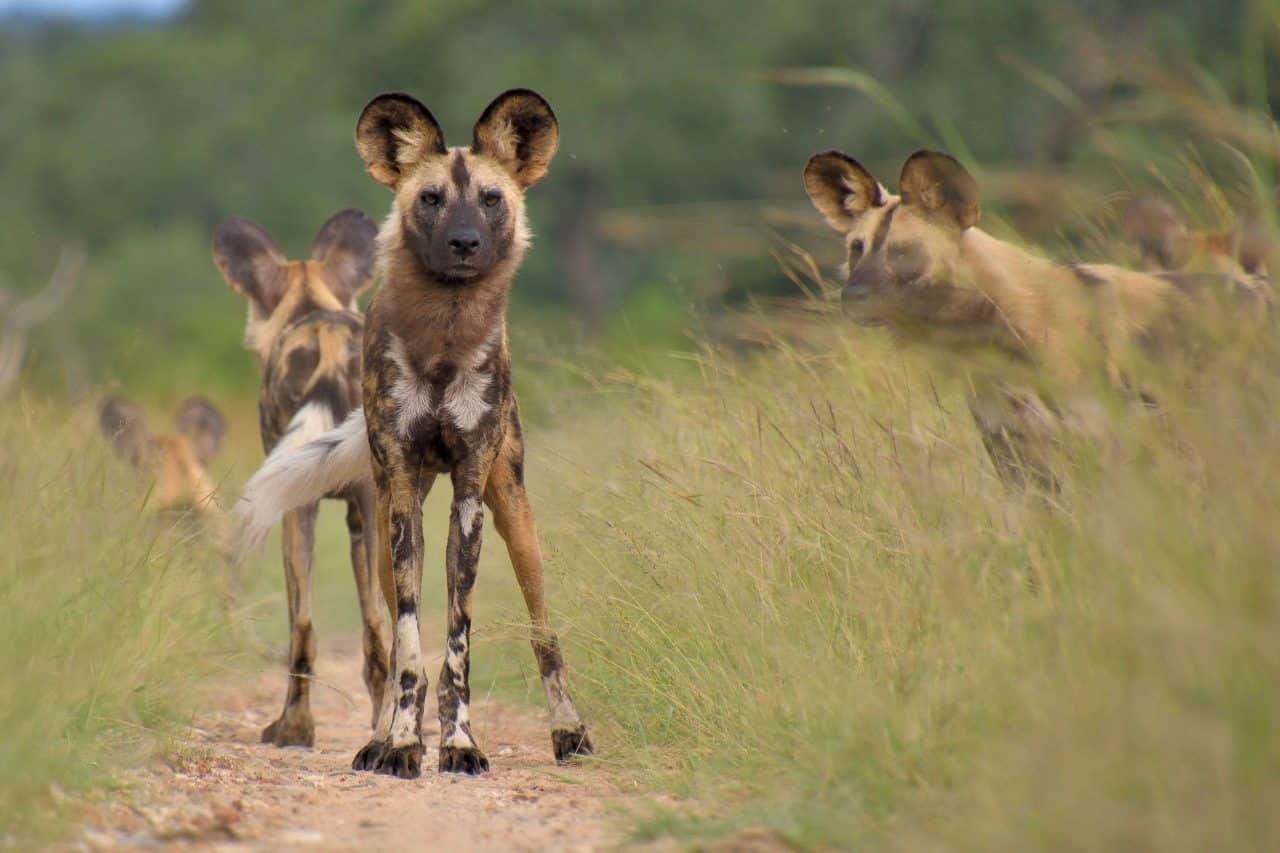
How Photography Highlights Problems
Although pictures of animals and plants interacting with their natural habitat are pleasing, safari photography can also capture broader issues such as imminent threats to the environment. Safari photos can capture the situation of national parks, highlight issues with pollution, and show the health conditions of animals in their environment.
Safari photography reminds people of animals’ plight if their environment is destroyed. It brings issues like deforestation and illegal poaching to light, which prompts support for conservation efforts. Clean-ups and more responsible ecotourism are results of the awareness that safari photography brings by highlighting problems with wildlife. It’s not uncommon for news articles these days to include photographers who were in the right spot with a camera in their hand.
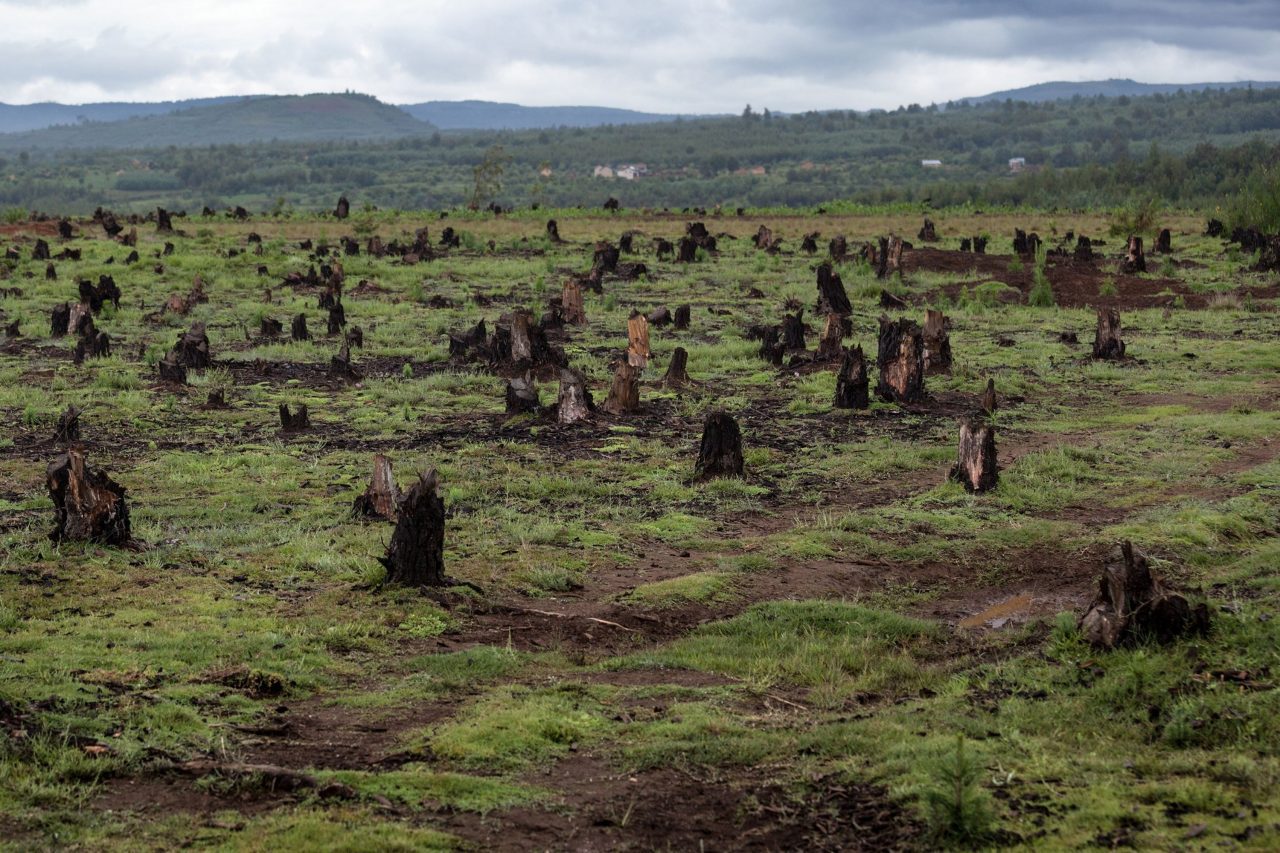

Safari Photography as a Tool for Education
Safari photography can also serve as a form of education, teaching people about the beauty and vulnerability of plants and animals worldwide. Through the use of photos, people can be more aware of the existence of certain species of animals and plants.
Photography can spark curiosity to motivate research, which then informs on whether the animals are endangered or not, what situation they are currently in, and what important role they play in maintaining the ecological balance in their environment. Wildlife photos serve as a gateway to educating and informing people about things they do not know more easily and readily.


Pictures Aiding in Science-Based Researches
Research that sources its data from public participation and collaboration can help significantly in increasing scientific data. Monitoring and collecting information is much easier when research programs enable the public to participate. Scientists can ask photographers and wildlife enthusiasts to participate in various environmental projects.
Photographs from safari tourists can provide estimates on the population densities of wildlife in the area. They can also help in tracking specific animals, some of which may have been previously tagged with identification marks, which can help monitor the activity of these animals.
As the population of some animals steadily declines, scientists need all the help they can get to find solutions. Whether for behavior observations, tracking migratory patterns, or health conditions, safari photography can help immensely.
An amateur photographer in West Virginia, Taylor Lockwood, snapped a picture of an unusually colored mushroom last year. He sent the photograph to a website called mushroomobserver.org, where professional and amateur mushroom experts meet to crowdsource information. It turns out this colorful fungi was a hypocreopsis rhododendri, which was last documented over 100-years ago. This citizen scientist with a camera found a species that has eluded professional botanists for over a century.


Increases Demand for Responsible Ecotourism
Ecotourism can be a great help in contributing to wildlife protection and environmental conservation. The awareness generated by safari photography helps people be informed about the importance of conserving popular tourist destinations.
Safari photography encourages businesses and organizations to invest money in developing tourist facilities and creating additional protective regulations that help preserve these places. As a result of these investments, ecotourism grows, opening more job opportunities and generating more income for the local communities. Globally, ecotourism generates more than $77 billion in revenue every year from sustainable travel.

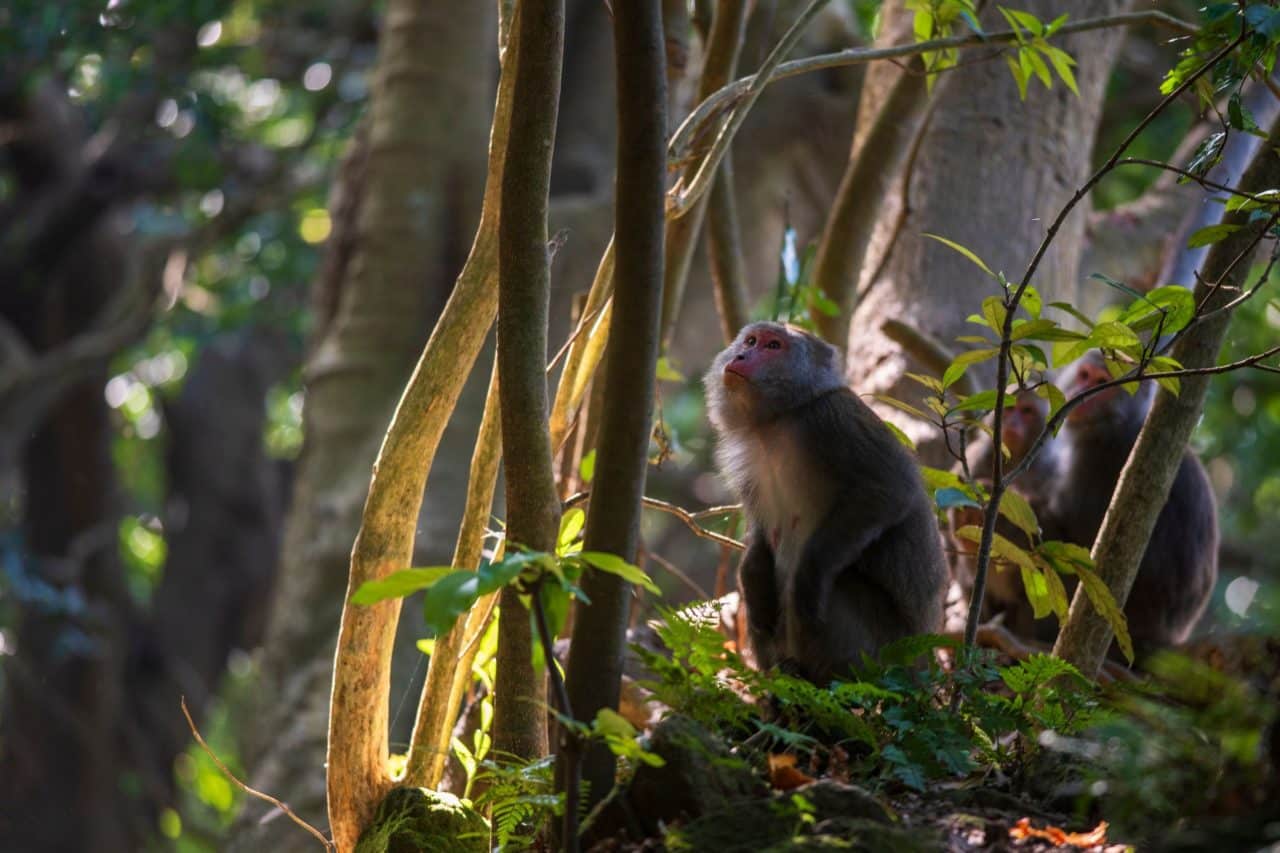
Final Thoughts on How Safari Photography Has Helped Save Wildlife
Safari photography has come a long way since when it was introduced. It has turned into a tool that can create a sense of responsibility and urgency. Camera technologies like HDR photography techniques, post-processing, camera traps, etc., are now combined with field skills like crafting and stalking to capture animals in their most natural state.
Photographers have shown the public the situation of endangered species, their way of life, and their importance in ecological balance. Safari photographers are conservationists who inspire and motivate people to take action. If you are concerned about the environment and want to preserve its beauty and wonder for all to appreciate, photography is a great way to help to make a difference!

Julien Mordret is the guy behind Exploration Junkie. He loves to share his passion and experiences with travel, nature, and photography. He’s crazy about all things and his explorations are fueled by his unlimited curiosity.
Like it? Pin it for later on Pinterest!
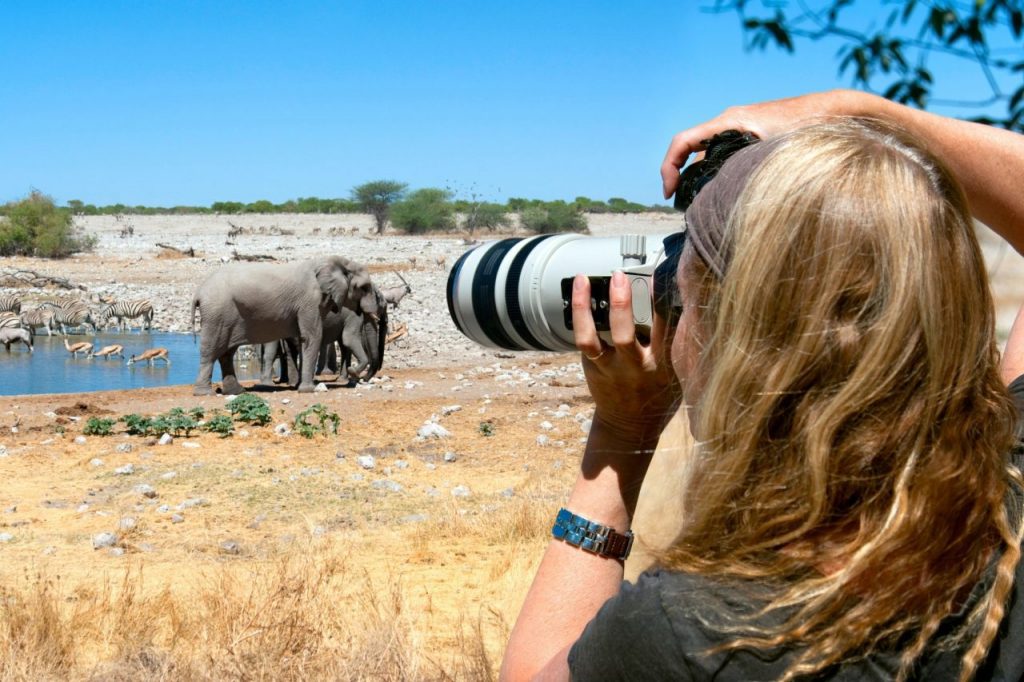



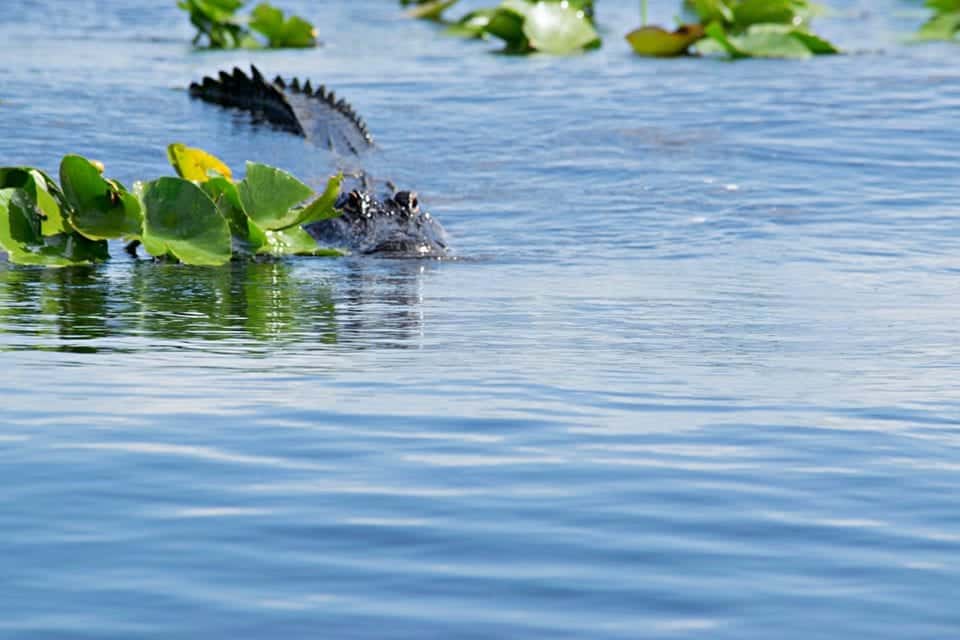
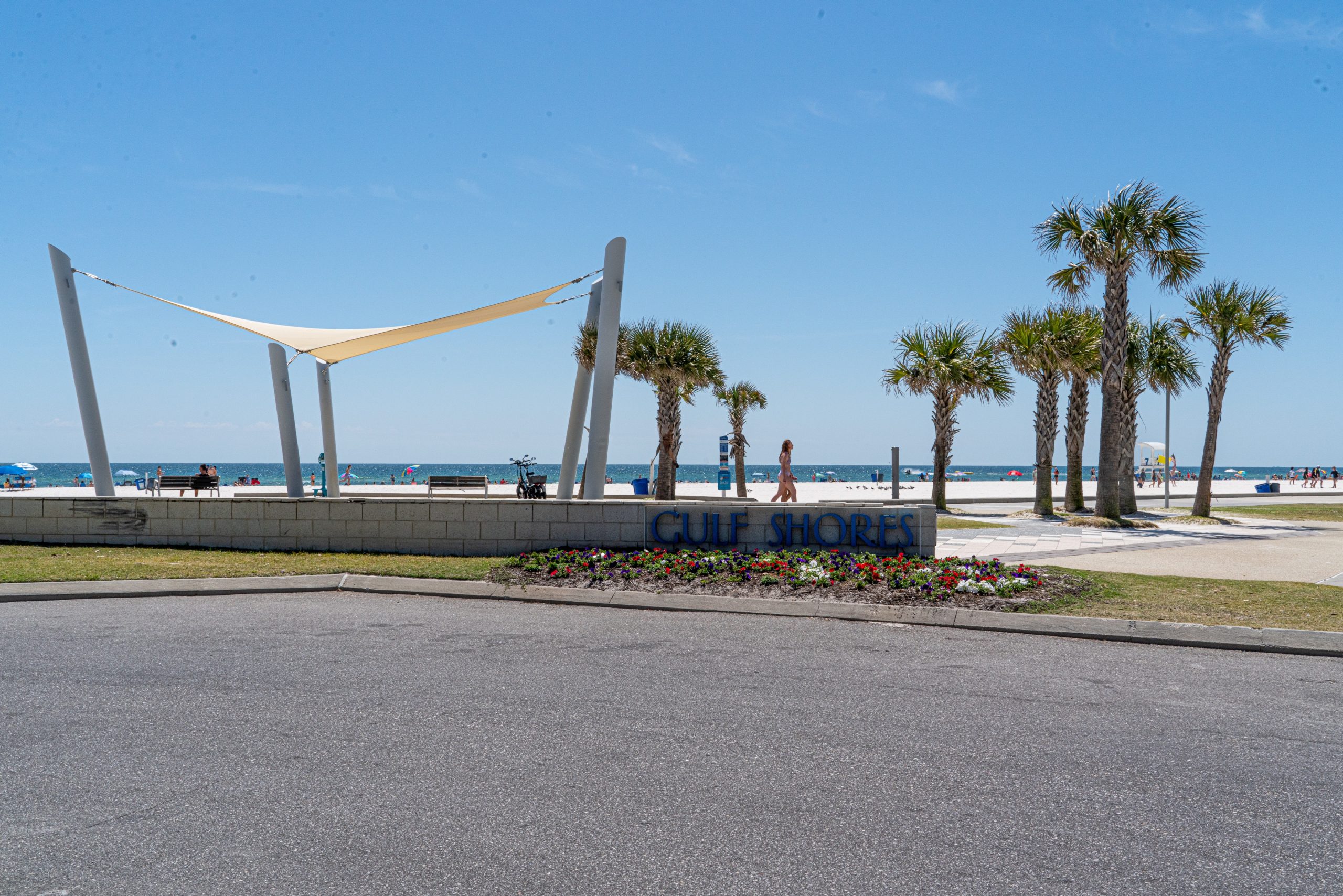
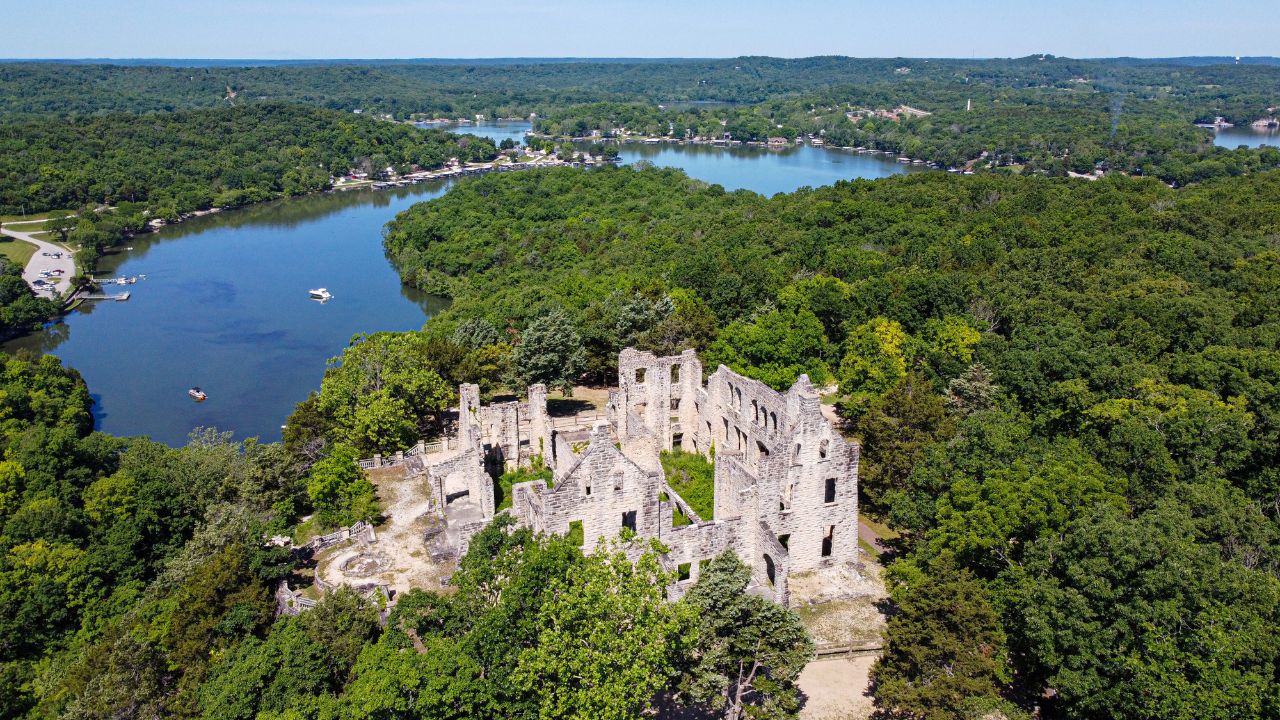
 Hi! We are Jenn and Ed Coleman, and together we are Coleman Concierge. It is our goal to inspire you to get out, expand your world, and to seek adventure, even in your own backyard.
Hi! We are Jenn and Ed Coleman, and together we are Coleman Concierge. It is our goal to inspire you to get out, expand your world, and to seek adventure, even in your own backyard.


